Table of contents
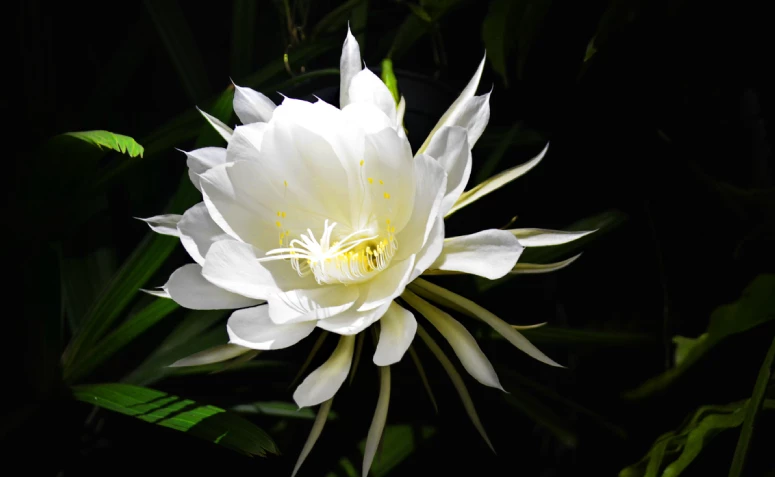
There is no one who is not familiar with the lady of the night, this plant that blooms only once a year, during the night, and dies when morning comes, usually in spring or late summer. Besides its intense aroma, it can be found in white, red, or purple varieties, depending on the species.
Meaning of the flower lady of the night
The plants known as the lady of the night are, in fact, of several genera and species. The name is due to the fact that their flowers open only in late afternoon or at night and exude an aroma that perfumes the entire environment. Since the function of this perfume is to attract pollinators, the flowers open in this period due to the nocturnal habits of the main insect that helps in this task: the moth.
If you have a nocturnal flowering plant, know that it can also be a lady of the night or queen of the night, as it is called in certain regions of Brazil. It is worth remembering that the species Cestrum nocturnum, of the shrub type, is toxic: all parts of the plant can cause vomiting, nausea, irritation of the mucous membranes, mydriasis (dilation of the pupil), among other symptoms.
Types of lady of the night
The name lady of the night has become so popular that several plants that have the characteristic of opening during the night have been given the same name. Below, we have separated the main types of this fascinating flower.

- Cestrum nocturnum: also known as night jasmine, Korean or queen of the night, is a shrubby plant of medium size that reaches 1.5 meters, and can reach up to 4 meters in height. Its tubular-shaped flowers appear in spring and summer and exude a sweet-smelling perfume. It must be cultivated under half-shade or full sun, and can appear in pots and have more frequent watering.
- Hylocereus undatus: popularly known as white pitaia or moonflower, is a plant of the pitaia species found here in Brazil, because it is native to tropical forests. It can be epiphytic, growing on walls or the support of trees, or be cultivated directly on the ground. Its flowers are born between January and February, and its fruits between July and August.
- Selenicereus anthonyanus: also known as cactus-sianinha, is a plant native to Mexico and belongs to the cactus family. Epiphytic in behavior, it can be found on tall plants or trees to get the most sunlight. Its flowers are large, with cream-colored petals and more red on the outside. They usually open during the month of November.
- Epiphyllum oxypetalum: also called queen of the night, is a plant from the cactus family that has white and red varieties. Originally from Asia - more precisely from southern India and Sri Lanka - it can be grown in pots, in well-drained, light soil rich in organic fertilizer. The cactus should be cultivated in full sun or half shade.
We can't deny that the beauty of this flower is breathtaking. Too bad, by the time morning comes, it is already closed. Want to admire the blooming of this plant up close and learn how to take care of it? See below for tutorials on how to grow the lady of the night.
How to care for the night lady flower
There are always many questions about how to cultivate, make seedlings, perform pruning, or even what is the best soil to plant the lady of the night. Find out the answer to these questions in the videos we have selected below. Come watch!
Learn how to care for the lady of the evening to make her beautiful
Discover, in the video, more details and characteristics of the plant that gives this beautiful flower that opens only at night.
How to plant and grow lady of the night
Do you have a lady of the night at home and want to make several seedlings to make your house more beautiful? In this video you learn a little more about this beautiful plant and how to multiply it from one bud.
How to make nightshade seedlings
With this video you can reinforce your knowledge of how to multiply this plant by making several seedlings to decorate your garden. You will need a pot, fertile and composted soil, and, of course, a flower bud. Already reserve a space where you will be able to handle the materials!
Lady of the Night Graft
With this video, you understand a little more about the grafting method, often used to make the plant stronger by crossing it with other species. This way, by pruning, you produce more seedlings and make the flower more resistant!
Caring for the lady of the night is not complicated, let alone multiplying it. See now tips and inspirations for environments in which you can grow it, whether in the garden or indoors.
See_also: How to clean white sneakers: 5 foolproof tricks and tips to help you with the task15 lady of the night photos for you to admire
The lady of the night is a plant that looks beautiful in the garden or grown in pots indoors. Get inspired by the beautiful pictures we have separated below: if you don't have one yet, this is the time to start growing the plant now!
1. the lady of the night fascinates with her beauty
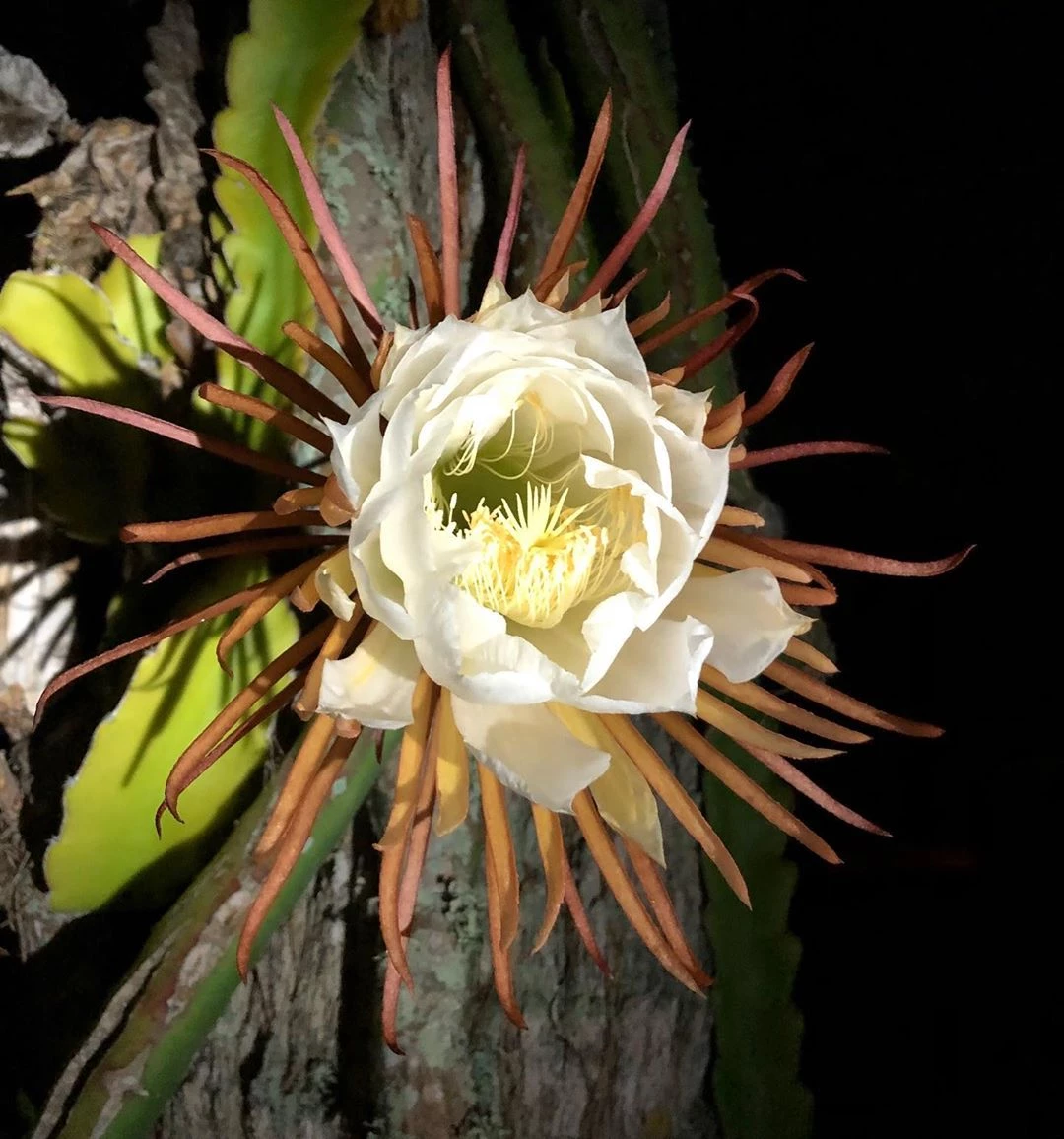
2. that can be admired only at night

3. so it's good to write it down in the agenda
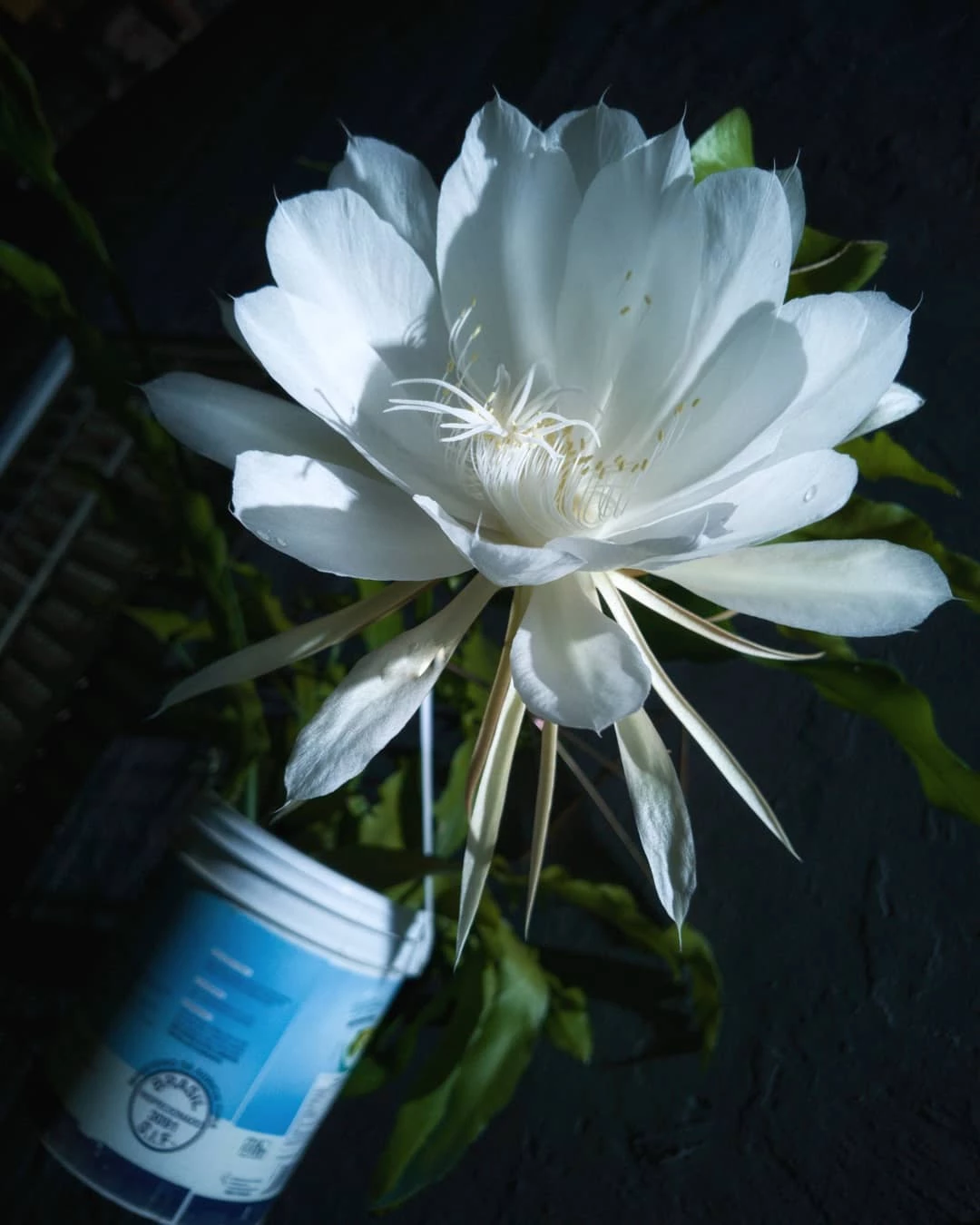
4. not to miss a single second of its greatness
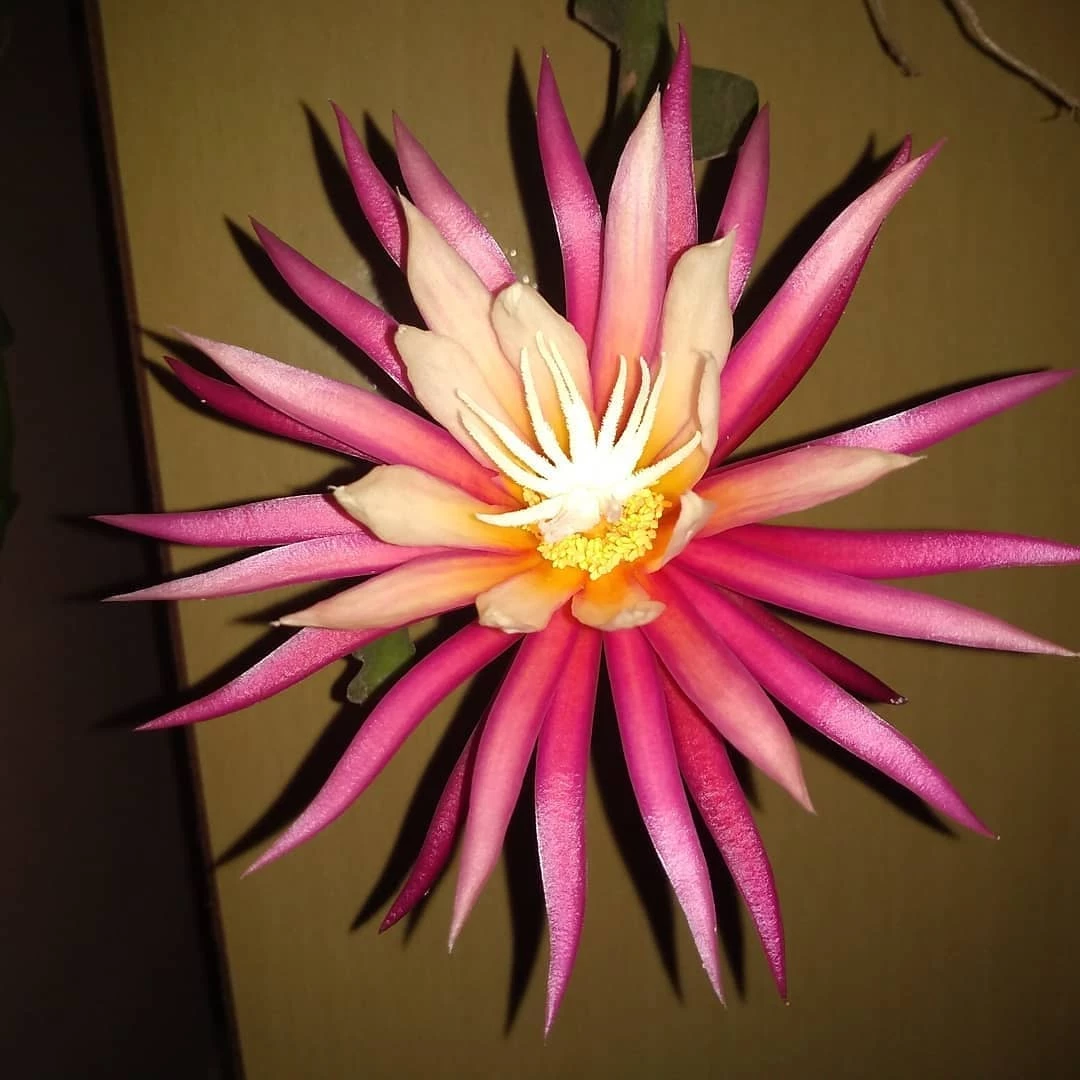
5. it is more common to find it in white
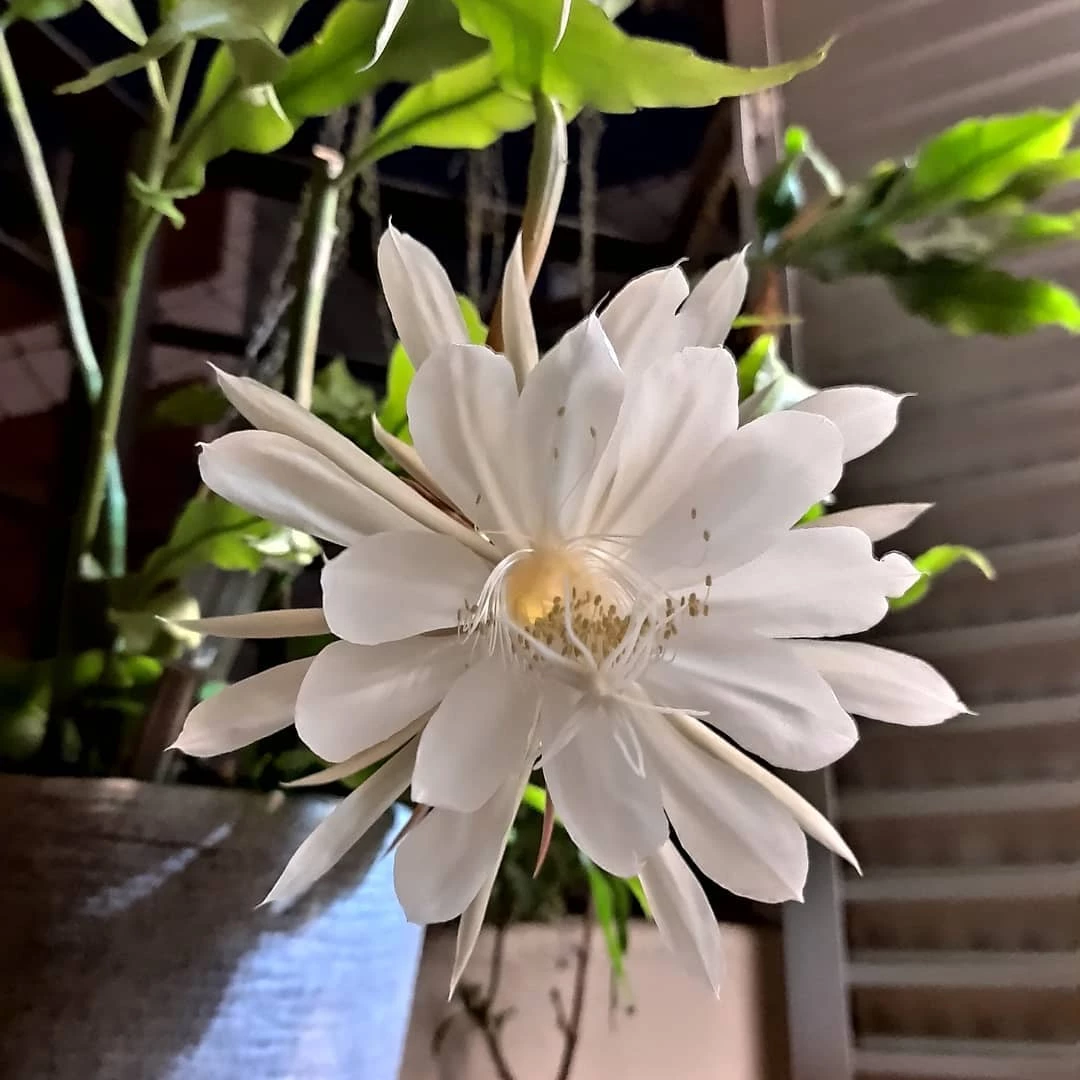
6. but there are also species in red coloration
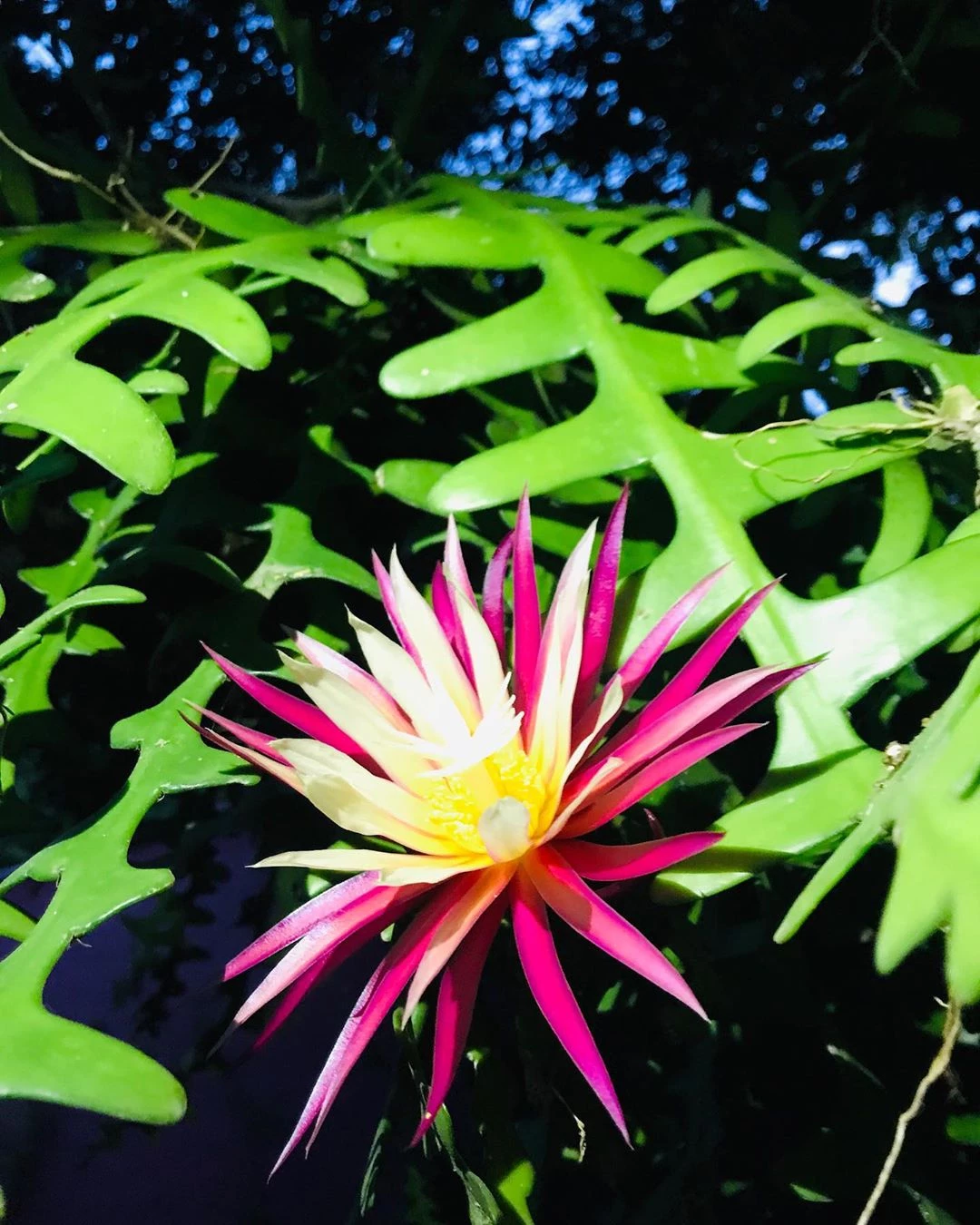
7. it is a flower that exhales intense perfume
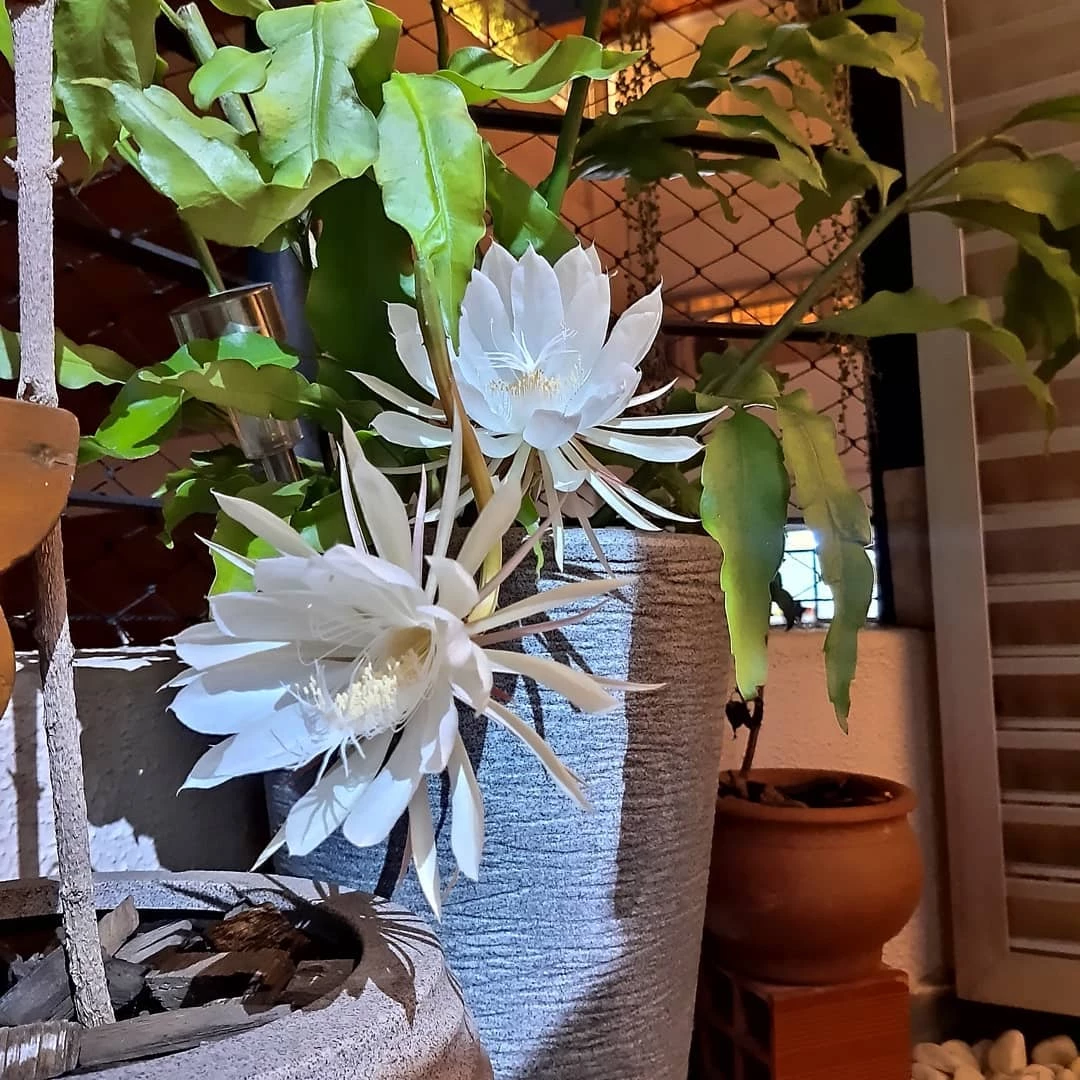
8. and aromatizes the whole environment
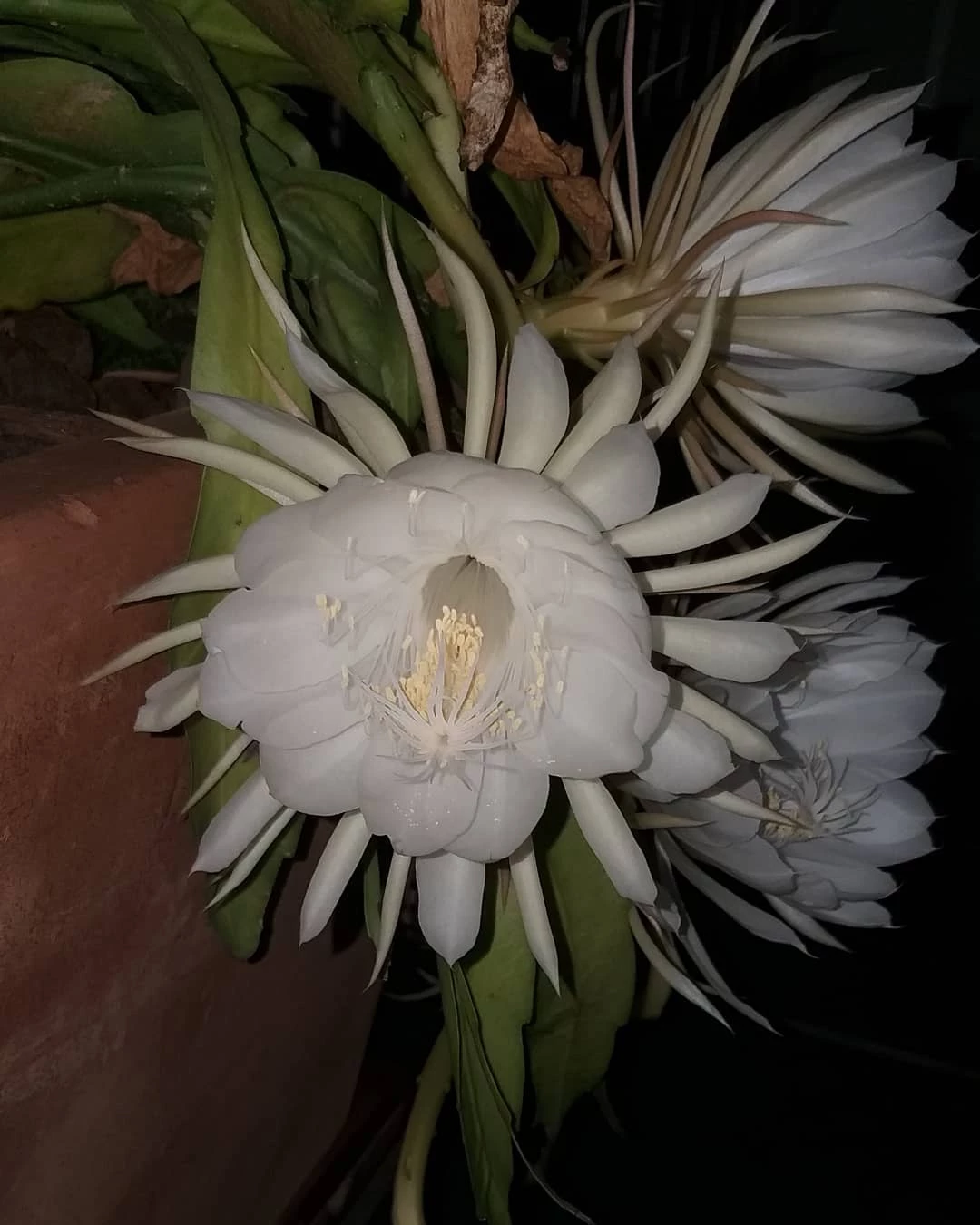
9. what attracts your pollinators
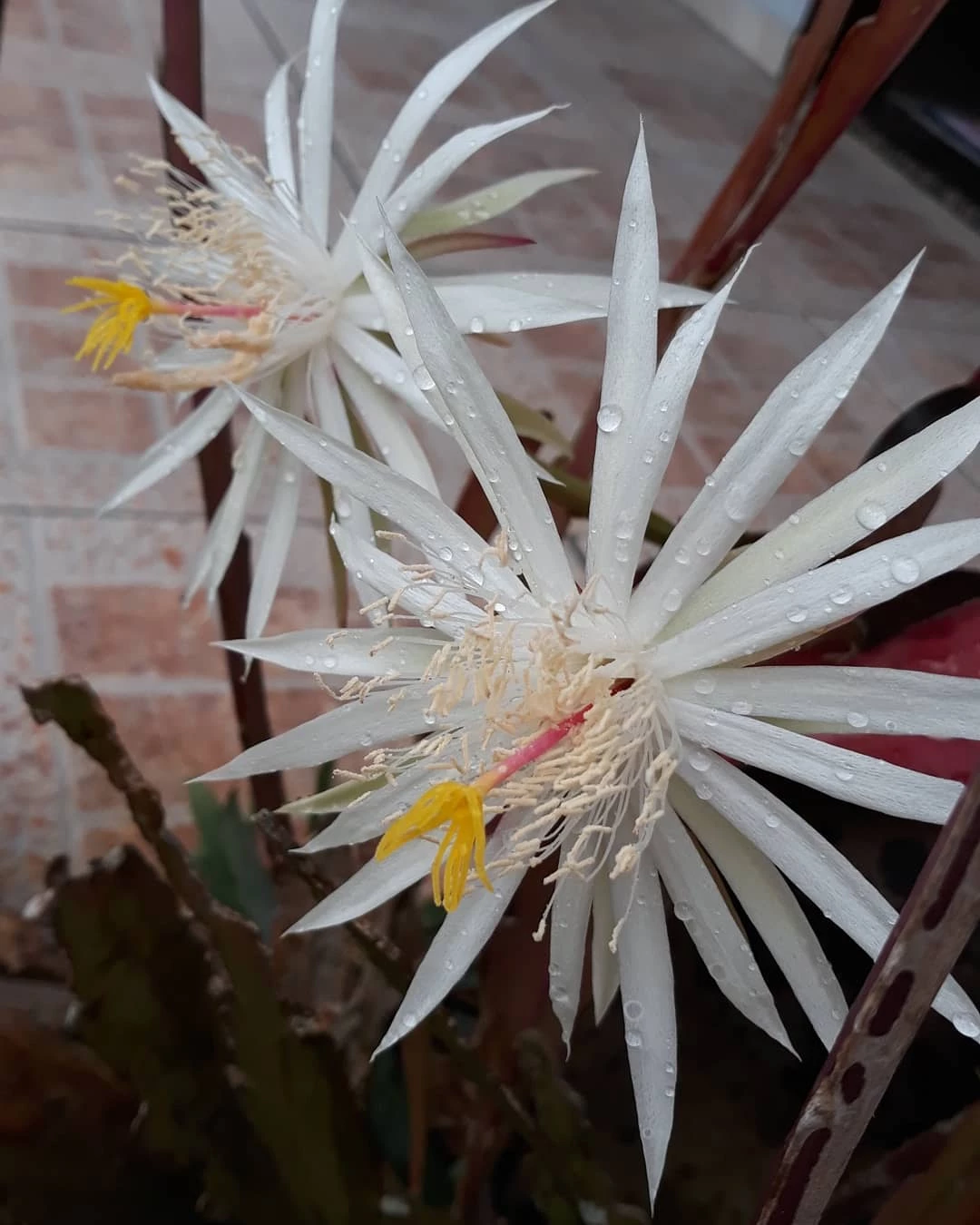
10. like the moth, which is the main one
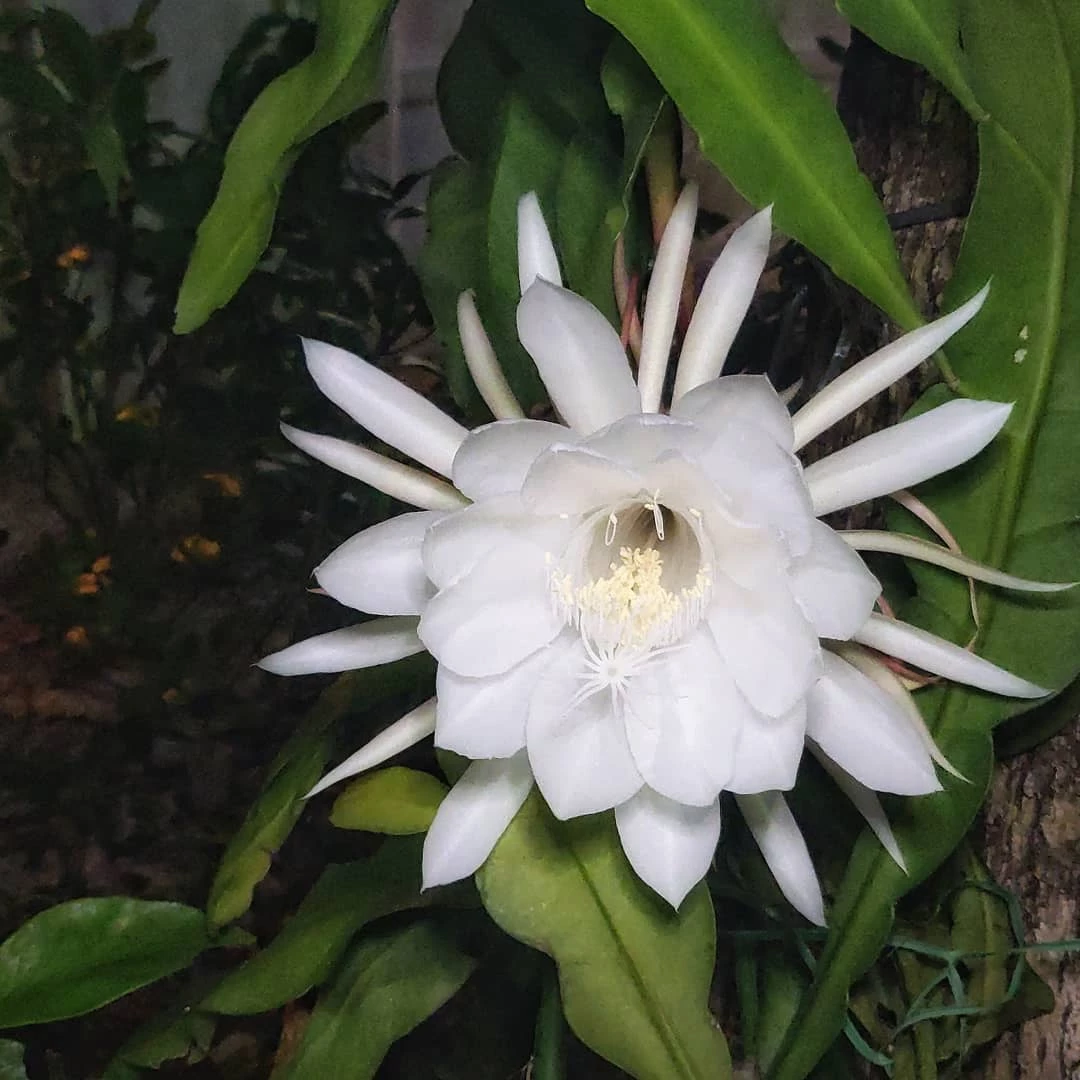
11. that's why it opens at night
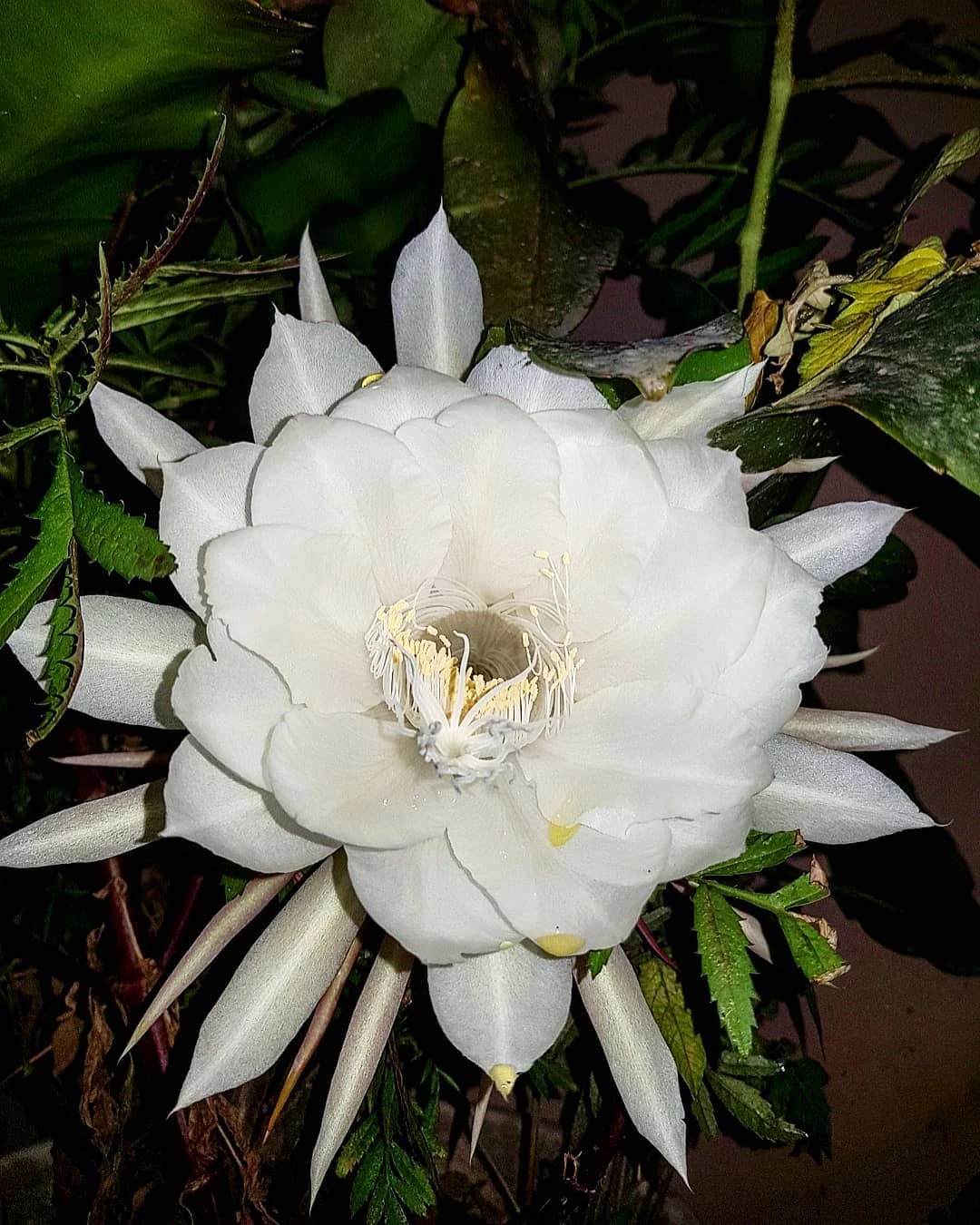
12. reserving your unique beauty for just a few hours

13. the lady of the night is charming
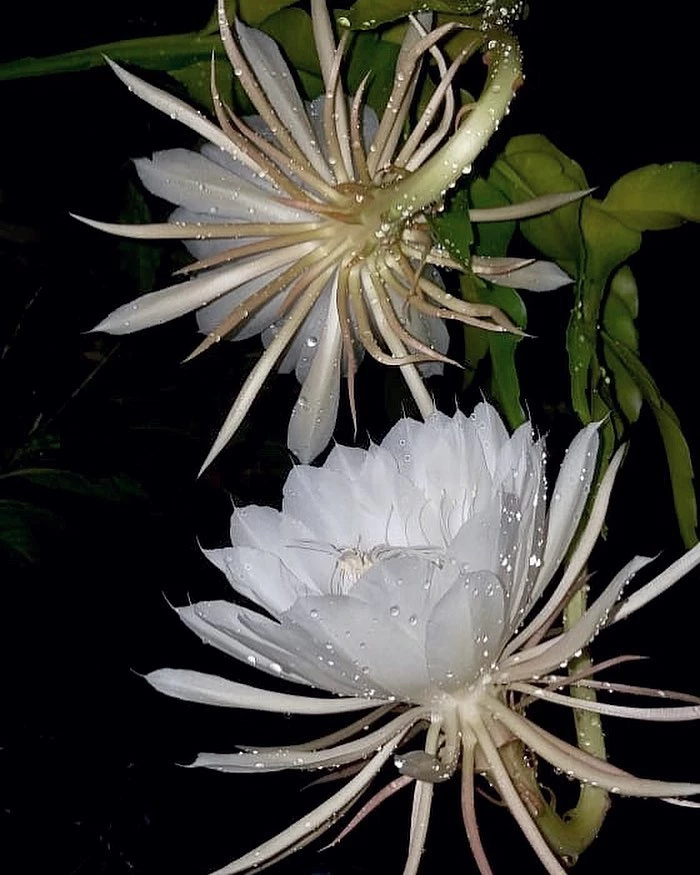
14. and is the protagonist when the moon appears

15. be sure to record this unique moment!

After seeing several lovely pictures of this flower, it is impossible not to want one too. Decorate your garden or your home with beautiful flowers of other species, such as the petunia, and bring more color and life to the environment!
See_also: 80 video game cake pictures to play at your party

